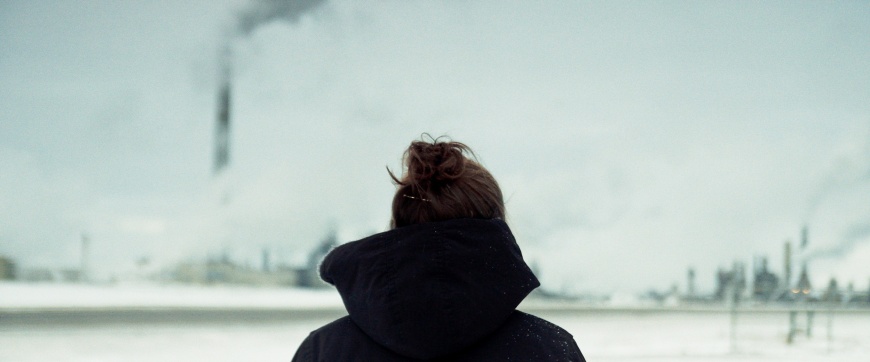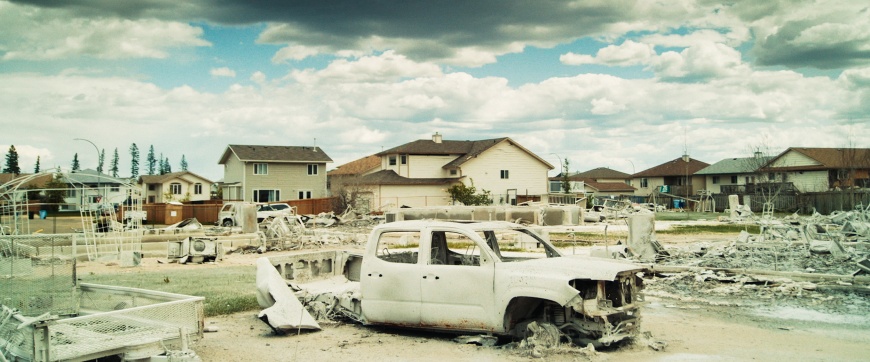Rated Especially Worthwhile
Film Evaluation Authority's (FBW) assessment of the film
»There are many films about the price that humans and nature must pay for the exploitation of mineral resources by industrial corporations. But Jasmin Herold and Michael Beamish have found their very own personal approach to the subject as they give an account from inside the system. At Fort McMurray in the north of Canada there is one of the largest and last untapped oil deposits in the world and it is here that the directors not only shot their film but also lived for several years. Michael Beamish grew up in the area and worked in a theatre there. And this inside view is what makes it difficult for the filmmakers as well as for audiences to make snap judgements, because the film concentrates on the people who live in Fort McMurray and for them it is a place where they can earn a lot of money.
A PR manager who runs the campaign “We love oil sands”, a German mechanic and his Russian wife, a labourer from Africa who sends the majority of his earnings back home to his family and an employee who wants to fulfill his dream of running safaris with the money he earns are visited with the camera several times over the course of several years and so it is easy to observe how the initial enthusiasm slowly evaporates. Over time several there are several crises: First the oil price collapses and the jobs that were thought to be secure are endangered. The African lives in constant fear, for example, because he knows that he is at the lowest level of the hierarchy and will be one of the first to lose his job. And as time goes on, it becomes increasingly clear how dangerous work in the oil fields is for the environment.
The filmmakers visit an indigenous family in which a little daughter has developed tumours behind her eyes – but above all, Michael Beamish himself is also suffering from cancer. But the filmmakers tell this existential story in a discreet and distanced way. For the most part of the film, Jasmin Herold only speaks off camera about herself and their experiences. And this is a wise decision, because as protagonists they would have pushed everyone else to the sidelines.
But that’s how you get close to everyone during the course of the film and when they talk about their life and work, the conditions in Fort McMurray become more understandable than a conventional film about the subject could have done, no matter how well researched and enriched with facts. The film is a good example of how political the private is. The story revolves specifically around a dozen people and what they experience and this adds up to a great existential story. When, at the end of the film, a huge forest fire destroys a large part of Fort McMurray and some of the protagonists stand in front of the charred remains of their houses, this seems like nature’s answer to human hubris. And when Herold and Beamish film themselves here and in the last sequences of the film, this is not a break in style, but a logical continuation.«
Deutsche Film- und Medienbewertung (FBW)







